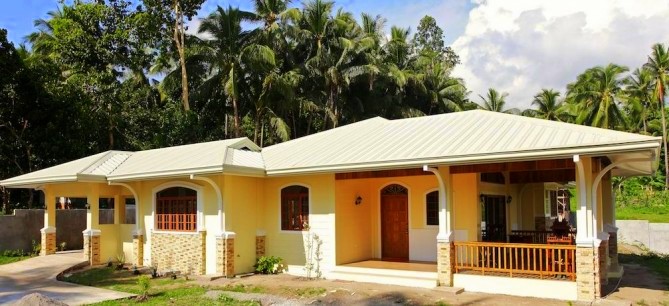To be comfortable, Philippine homes require some form of cooling at some time of the year (summer). There are many ways you can design or modify your home to achieve comfort through passive (non-mechanical) cooling, as well as hybrid approaches which utilise mechanical cooling systems.
The most appropriate passive cooling strategies for your home — including orientation, ventilation, windows, shading, insulation and thermal mass . Tropical climate buildings, which require year round shading and are subject to very different passive cooling principles.
What is passive cooling?
Passive cooling is the least expensive means of cooling a home in both financial and environmental terms. Some level of passive cooling is required in every Australian climate at some time of the year.
As cooling requirements are dictated by climate, distinctly different approaches to passive cooling are required for the Philippines where hot humid where cooling is required
Cooling people and buildings
Factors affecting comfort for people (human thermal comfort) To be effective, passive cooling needs to cool both the building and the people in it. Evaporation of perspiration is the most effective physiological cooling process. It requires air movement and moderate to low humidity (less than 60%).
Radiant heat loss is also important, both physiologically and psychologically. It involves direct radiation to cooler surfaces. Conduction contributes to both types of comfort and involves body contact with cooler surfaces. It is most effective when people are sedentary (e.g. sleeping on a water bed).
In cooling buildings, the efficiency of the building envelope can be maximized in a number of ways to minimize heat gain:
- shading windows, walls and roofs from direct solar radiation
- using lighter colored roofs to reflect heat
- using insulation and buffer zones to minimize conducted and radiated heat gains
- making selective or limited use of thermal mass to avoid storing daytime heat gains.
To maximize heat loss, use the following natural sources of cooling:
- air movement
- cooling breezes
- evaporation
- earth coupling
- reflection of radiation.
Need advice on making your home ready for passive cooling design? Please give us a call SolidAce Construction & Development Corp. at Dr. V. Locsin Street Dumaguete City or call 035 422-9478,226-2880 .

